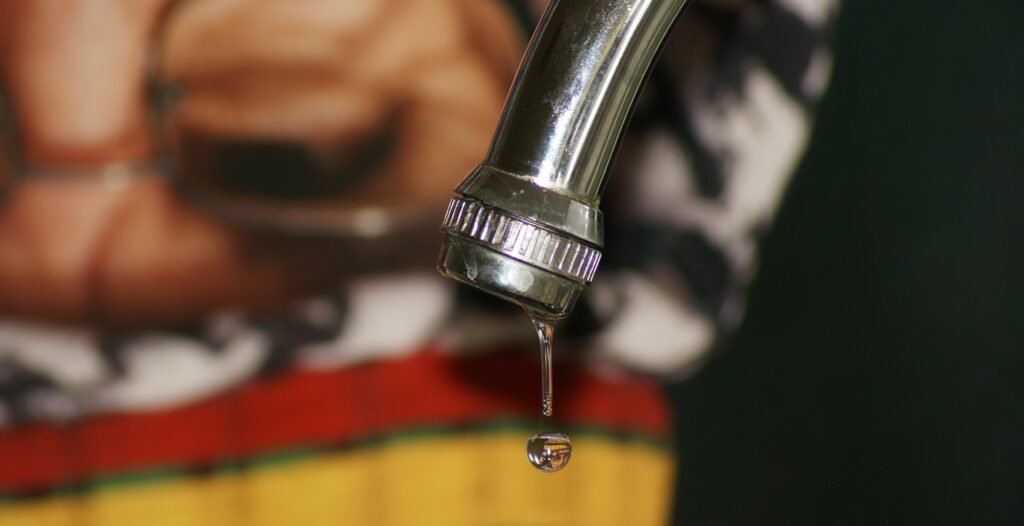
Water damage is one of the most common issues experienced by homeowners across the U.S., as is highlighted by the fact that 98% of basements will suffer from it at least once. Before you can respond to an incident, though, you must ask “What is water damage?” to understand its impact on the property and seek the right support.
What is Water Damage?
In its most basic terms, water damage is defined as losses caused by water intrusions where it should not be found. Ultimately, it is the damage caused to the property and is the term used by insurance companies to determine how much your policy will pay out following a claim.
Water damage may be caused by immediate catastrophes that require water removal services, such as burst pipes. Alternatively, they can be attributed to slow-building problems like water spots. Water damage may extend to material damage (wood rotting, steel rusting, etc.), mold growth, and electrical problems.
Ultimately, water damage can be attributed to any of the following issues;
- Fixture leaks,
- Pipe leaks,
- Frozen pipes,
- Appliance leaks,
- Water heater leaks,
- Surface water flooding,
- River flooding,
- Flash flooding,
- Sewer flooding,
- Groundwater flooding,
- Roof leaks,
- Damaged siding,
- Crawl space damage,
- And more.
Water damage costs an estimated $20bn to American homes annually. Despite being one of the most common problems, you must not underestimate its potential impact on your health as well as your home. So, if water damage hits your property due to internal or external factors, it’s vital that you act fast.
What Does Water Damage Look Like?

Understanding the fundamentals of water damage is and where it might come from is one thing. However, you must also ask “What is water damage in regards to symptoms?” to truly regain control in potentially difficult circumstances.
Major flooding and burst water pipes won’t go unnoticed, but some of the smaller signs of water damage might. So, you should stay vigilant to the following;
- Mold – it can start to appear after 48 hours of water damage and may require mold remediation services. You are most likely to see black mold, which is toxic.
- Humidity – high humidity levels show that higher levels of moisture are present in the air. It will often be coupled with condensation.
- Stains – walls, ceilings, and floors may be damaged by discoloration as a result of moisture soaking through to them. Paint may peel too.
- Cracks – hairline cracks can be due to other issues that you needn’t worry about, but they may also indicate water damage.
- Noises – unfamiliar noises like dripping are a sign of water damage and potentially an ongoing leak. This may occur in locations that are not visible.
- Odor – water damage may also cause musty smells to surface. They are often attributed to mold too, which should not be ignored.
- Structural weaknesses – often described as warping, buckling, and other types of softening that leave the property in a compromised condition.
Given that a quarter-inch pipe leak can waste 10,000 gallons of water a month, costing you money while damage to your products can quickly escalate too. When added to the potential health risks, it is essential that you act quickly after spotting the signs of water damage in your property.
How to Respond to Water Damage

Understanding what is water damage is one thing, but knowing what to do about it is another. While a quick response is vital, there is no need to panic.
Firstly, you should check your home insurance policy to see what type of water damage is covered. Generally, you will find that burst pipes and other immediate situations are covered but gradual leaks are not. Mold cleanups may be covered as an extra.
When filing a claim for water damage you must tell your insurer ASAP. Similarly, you must take photos and videos before starting the repairs. A professional water removal company can subsequently provide a full assessment and complete the restoration process while also providing the documentation to support your insurance claim. Some of the key steps in this include;
- Stopping the water flow,
- Removing water,
- Drying the area,
- Removing damaged furniture and furnishings.
Following this, you can focus on replacing damaged items and taking steps to prevent mold after water damage. This should enable you to bring normality back to daily life.
The Final Word on Water Damage
Water damage is essentially the harm caused to your property and assets due to leaks, flooding, or other forms of water infiltration. It determines how successful an insurance claim will be and, more importantly, guides your next steps.
If your property suffers an incident, now is the time to take control by finding an expert through Rapid Restoration. Call now to learn more.
